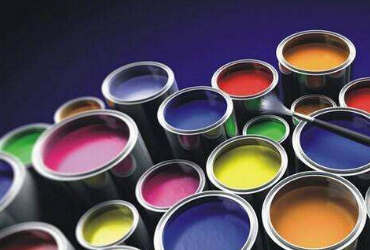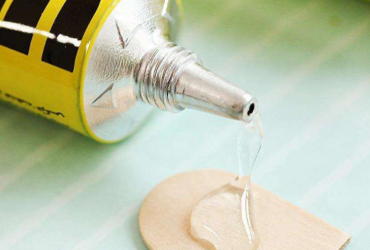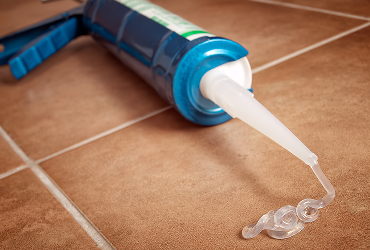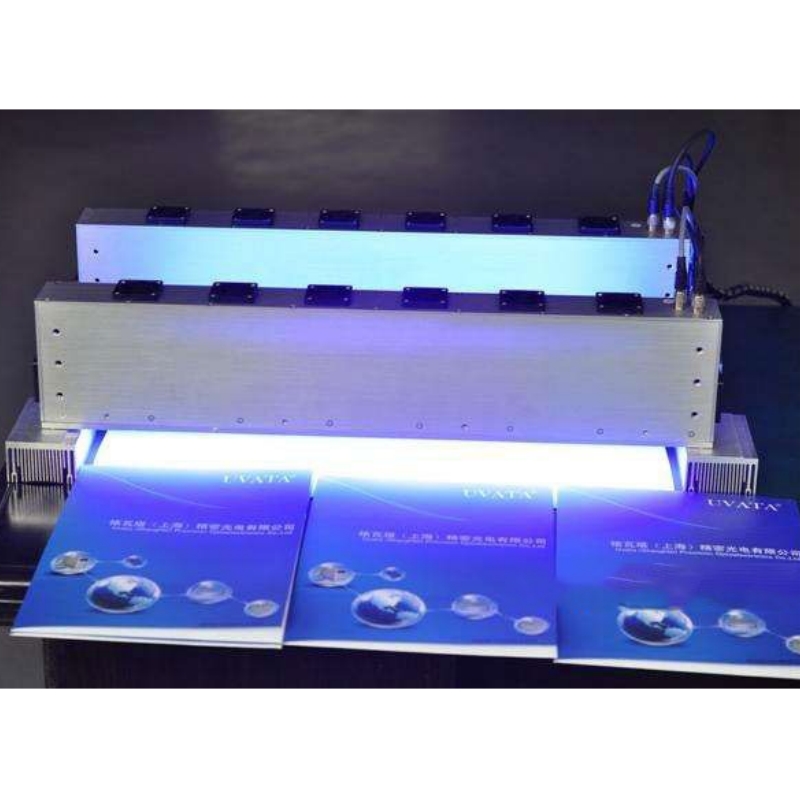As mentioned in the previous section, an ideal system using Type I photoinitiators with 100% conversion eliminates potential migrants, as incorporation into the polymer network takes place. Type II photoinitiators, on the other hand, form potential migrants, even in an idealized system. In the example of benzophenone, either benzhydrol is formed through hydrogen abstraction or a radical recombination takes place – for example between two ketyl radicals forming benzopinacol (Figure 3).
By all means, actual UV curing processes are far from ideal. Therefore, other reaction pathways must be considered. Chiefly, in day-to-day applications, a certain residual amount of unreacted photoinitiator always remains. It may be due to direct recombination in case of Type I photoinitiators or decay of the triplet state in Type II photoinitiators – either through quenching of the triplet state through oxygen or lack of reaction partner over time, or simply by lack of excitation of the molecule, particularly in thick films.
Another possibility to be considered with Type I photoinitiators is recombination or hydrogen abstraction of the resulting radicals. When the 2-hydroxyl-2-propyl radical is formed by excitation of 2-hydroxy-2-methylpropiophenone, the molecules resulting from such a reaction include isopropanol, pinacol, benzaldehyde and benzil (Figure 4). While isopropanol will readily evaporate from the heat produced during the curing process, the latter substances pose more of an issue.
Benzaldehyde, or any derivative in respect of the photoinitiator used, will mostly remain within the cured material and migrate through time, contaminating food and creating an olfactory impact on the final product. Benzil, on the other hand, might decay again during the curing process, considering that it represents a photoinitiator by itself. Accumulation of benzil, as well as pinacol derivatives, should be taken into consideration especially in thick film applications and inert atmosphere curing, as formation is more substantial than in thin films in which oxygen inhibition is more likely to happen than recombination.
In conventional UV printing techniques, issues arising from oxygen interaction must be considered. Oxygen can inhibit polymerization in different ways. The relatively long-lived triplet states of Type II photoinitiators are prone to be quenched by interaction with an oxygen molecule if it is encountered before reaction with a synergist. Type I photoinitiators, on the other hand, undergo unimolecular fragmentation readily after being excited to the triplet state, minimizing diffusion time and the chance for an oxygen molecule encounter.
Despite that, the carbon-centered radical formed in the fragmentation process readily reacts with oxygen to form peroxyl radicals, which show little reactivity with acrylic double bonds, inhibiting polymerization. Subsequent hydrogen abstraction might lead to the formation of a radical with higher reactivity toward acrylic functionalities and, therefore, initiate another chain polymerization. The photoinitiator-derived fragment remains as a small molecule in the cured film, representing a potential migrant. In the case of 2–hydroxy–2–methylpropiophenone, the fragments formed were found to be acetone – which readily evaporates during the curing process – and benzoic acid (Figure 5). The exact mechanism for the formation within the film remains unclear,[4]] although a decay of the resulting peroxide compounds through reaction with peroxy acids is possible.[5]
As in Type II systems, the polymer chain reaction is initiated by the synergist, for example by the a–aminoalkyl radical formed in the co-initiation step (above), oxygen inhibition through peroxyl formation would mainly affect the synergist part of the system. This article’s focus is on the photosensitive parts of the initiation system; however, the ketyl radical formed by the photosensitizer can react with oxygen. It can be assumed that this would lead to an oxidation of the ketyl radical and recuperate the benzophenone moiety.[6] (For further information regarding oxygen inhibition, we recommend the review by Ligon et al.[7]).
| Model no. | Special photoinitiaors |
|---|---|
| lencolo 5006D liquid 184 | Liquid 184 Photoinitiator |
| lencolo 5007D liquid TPO | Liquid TPO deep layer photoinitiator |
| lencolo 5024 | Anti-yellowing Photoinitiator |
| lencolo 5030 | Photoinitiator for LED |
| lencolo 5031B | synergistic photoinitiator |
| Lencolo 5031D | Low Odor Synergistic Photoinitiator |
| lencolo 5032 | Thin Coating Photoinitiator |
| lencolo 5033 | Photoinitiator for black |
| Lencolo 5040 | Photoinitiator for 3D printing |
| lencolo 5050W | 5050W water-based photoinitiato |


2022-08-03




2025-01-06